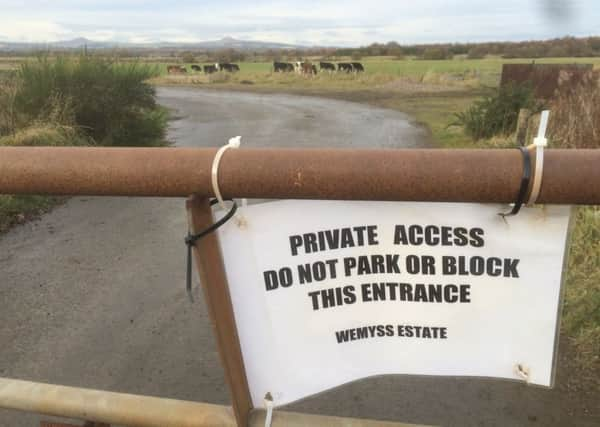New proposal for former Randolph Colliery site


The planning application, made by JJ Land Purchases Ltd, will allow for an operation to extract the material, which was used to fill the mine void after the colliery site, that sits in the Wemyss Estate, ceased operations in 1968.
Typically a byproduct from coal-fired power stations, PFA constitutes a fine dust texture that is used in a number of building material manufacturing processes.
Advertisement
Hide AdAdvertisement
Hide AdIt is also used as an addition in concrete, bituminous road materials and used within cement manufacture.
PFA is also widely used, particularly in the UK, for concrete block production.
The company behind the extraction scheme hopes to exploit the commercial potential of the material because of a limited supply of PFA available to the market in Scotland.
Much of the PFA currently used in Scotland is transported from England.
Advertisement
Hide AdAdvertisement
Hide AdWith the creation of 15 jobs, the proposal is to extract a maximum of 1000 tonnes per week from the 1.9 hectare site, with the operation expected to be completed by 2020.
As well as an extraction process, the formal planning statement stated that there was to be a very limited stock piling of material at the site, which sits approximately 5km north east of Kirkcaldy and 5km south of Glenrothes.
Furthermore, processing would be carried out both on-site using limited processing plant, and off-site, at a processing yard at West Calder.
Extraction would be undertaken to a maximum depth of 15 metres with a full land restoration programme to be undertaken once the operation has been exhausted, which would bring the site back into agricultural use.
Advertisement
Hide AdAdvertisement
Hide AdIf approved the proposal would bring back into use the former mine site which was first mined in 1850.
At its peak in the 1940s, Randolph Colliery produced 112,000 tonnes of coal per annum and boasted a workforce of over 300.
A decision on the planning application is expected to be made early in 2018, and if successful, work to commence immediately.